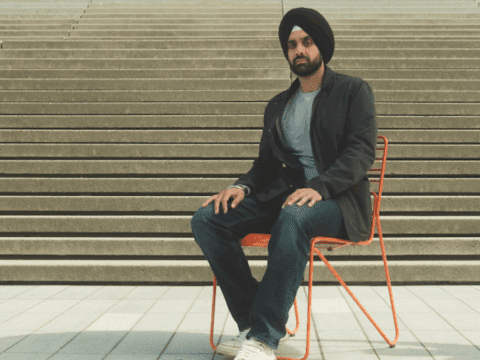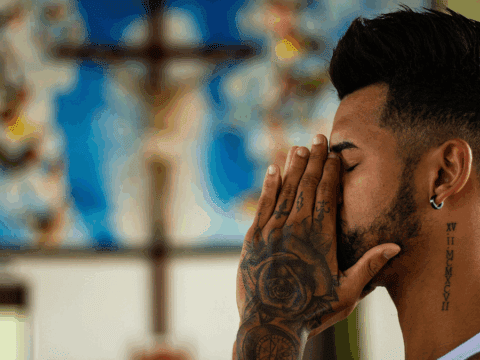Racialized people make up a quarter of Canada’s population, but Broadview’s current “newsroom” — the editorial team, including its two paid summer interns — is 39 percent racialized. These numbers matter a great deal to me. Five years ago, I promised in this space that 30 percent of Broadview freelancers, board members and staff would be BIPOC by 2025, mirroring and exceeding Canadian demographics.
It’s not only a justice issue. Equity, diversity and inclusion (EDI or DEI) means more varied perspectives, better decision-making and a stronger team. It determines who gets to choose, tell and shape the stories we share with you.
You may unsubscribe from any of our newsletters at any time.
Across North America, but especially in the United States, big companies are downgrading or abandoning their EDI policies. The U.S. president’s executive order ending the federal program (calling it “illegal and immoral”) compelled hundreds of companies to follow suit, either to appease the president or because they were never that committed in the first place.
Canada is not immune to the EDI backlash. Companies and organizations “are quietly reducing their budgets for this work,” Michelle Grocholsky, CEO of Empowered EDI in Toronto, told the CBC in February. “We’re also seeing across the board that companies are downsizing their EDI teams. So folks are losing their jobs.”
Broadview is proudly and defiantly staying the course. Standing here at the five-year goal line, I’m pleased to share that as of this month, 36 percent of our board members are racialized (up from 18 percent in 2020). Among our freelance writers, photographers, illustrators and fact- checkers, 34 percent are visible minorities (up from 17 percent in 2020).
Our toughest task has been to include more BIPOC staff on our payroll. The proportion has gone up and down over the years, but as of this writing, it’s only 21 percent. New positions don’t come open often. When they do, we will continue to seek qualified candidates from racialized communities.
More on Broadview:
We’re also determined to tell great stories about and by people from a range of backgrounds. In this issue, Jeevan Sangha confronts the rise of South Asian hate crimes; Ayesha Habib shares the story of Steven Kabuye, a queer Ugandan refugee; and Rev. Mitchell Anderson, who is Dënesułiné, debuts as our new Question Box columnist.
Beyond our pages, Broadview is proudly sponsoring “Here from the Beginning” (herefromthebeginning.ca), a travelling exhibit about United Church history from the perspective of Black people. Planning committee chair Rev. Paul Douglas Walfall says his goal is to highlight “those whose voices are rarely heard” and offer “a more complete understanding of our history.”
I sense a lot of synergy between Walfall’s words and Broadview’s efforts, so I was humbled and grateful when he asked us to sponsor the exhibit, just as I’m grateful for all of the diverse board members, staff and contributors who’ve engaged with us. It’s a trust and an honour that I don’t take for granted.
***
This article first appeared in Broadview’s July/August 2025 issue with the title “Our EDI Promise.”
















Bravo! Brava! Hallelujah! Ever Onward, Upward, Broadview!